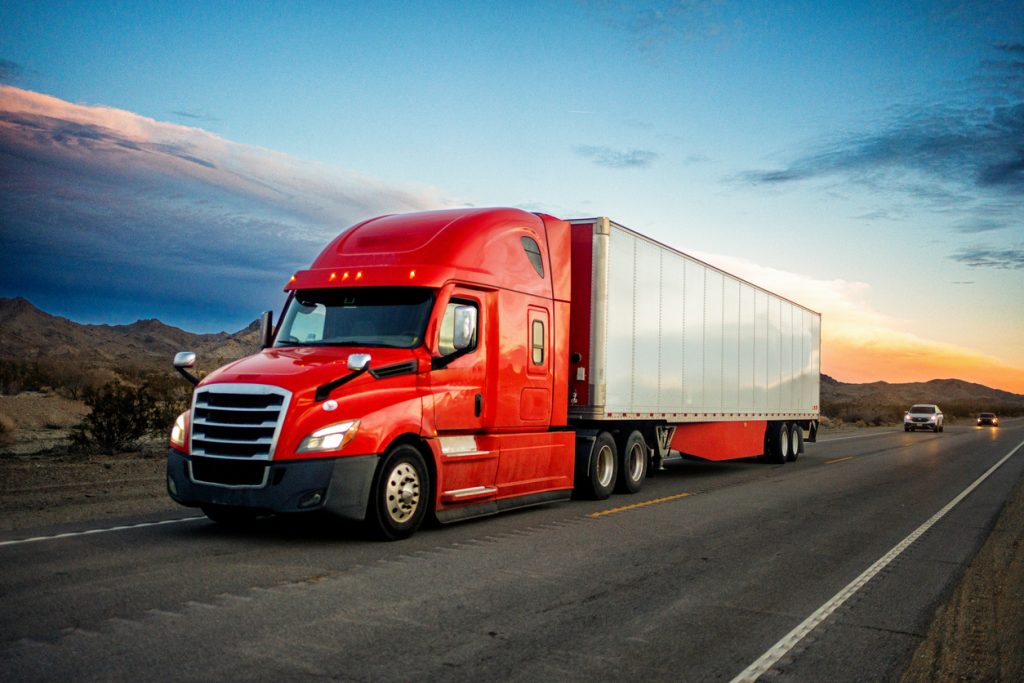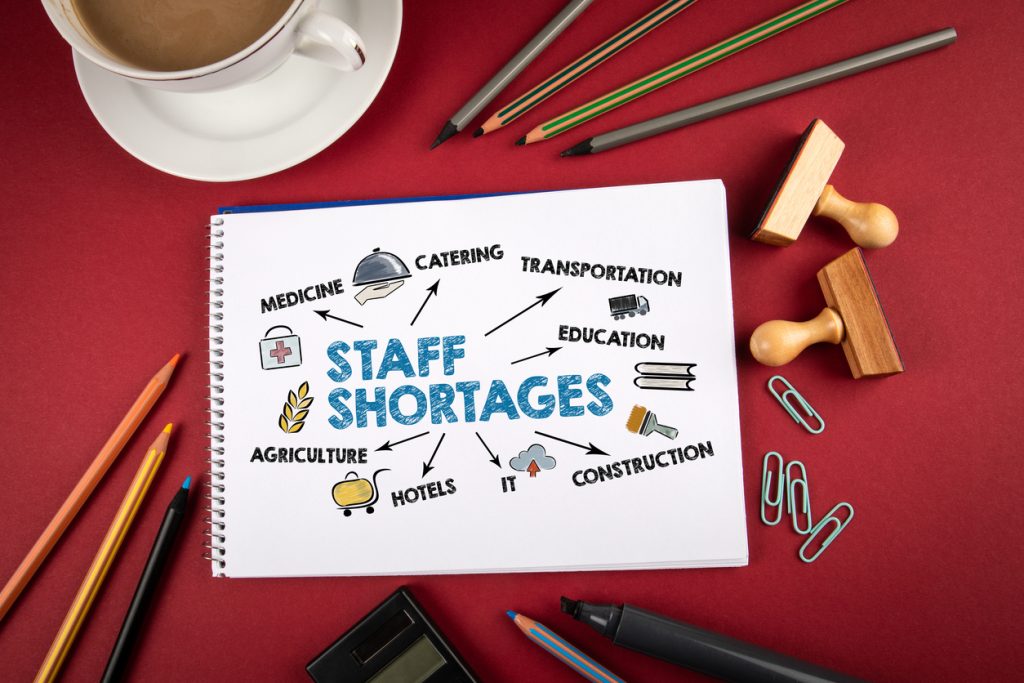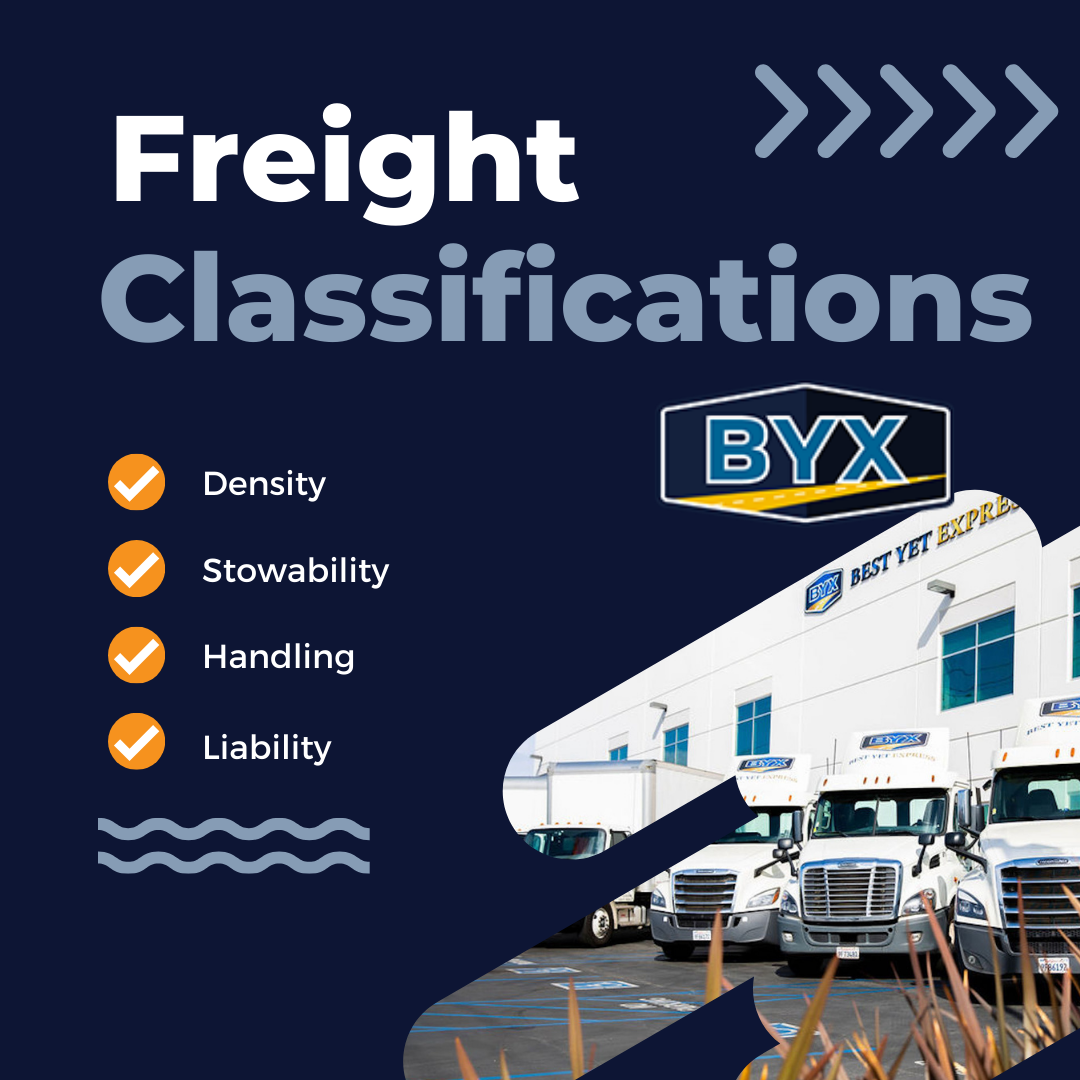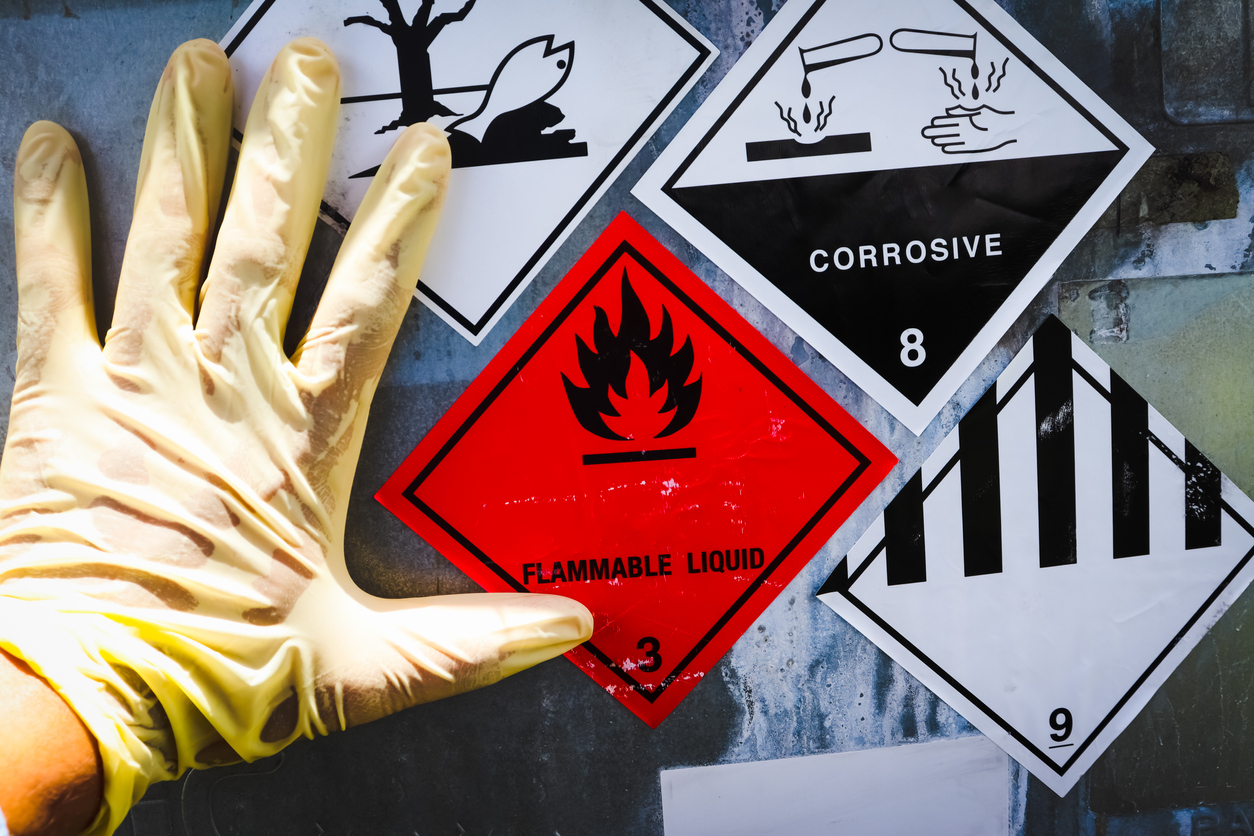5 Reasons Veterans Should Consider Trucking
There are lots of reasons veterans should consider trucking. We explore 5 of them here. The trucking industry is indispensable, and yet we’re still facing an ongoing driver shortage. Many companies have started raising salaries and improving benefits packages in hopes of attracting new, qualified drivers, but there are still thousands of job listings waiting […]
5 Reasons Veterans Should Consider Trucking Read More »
















